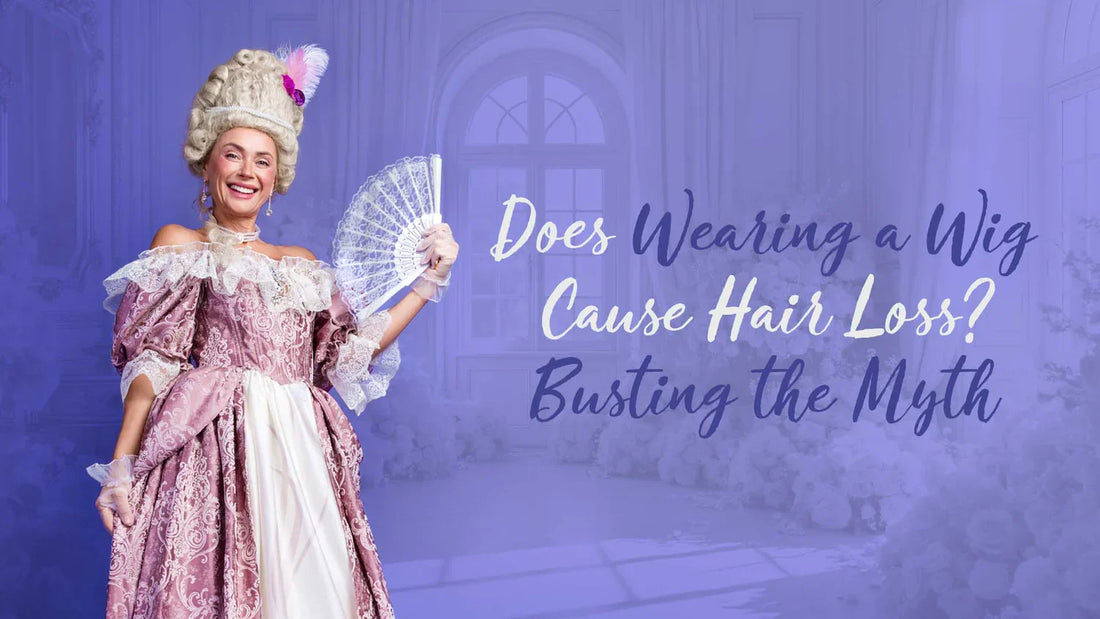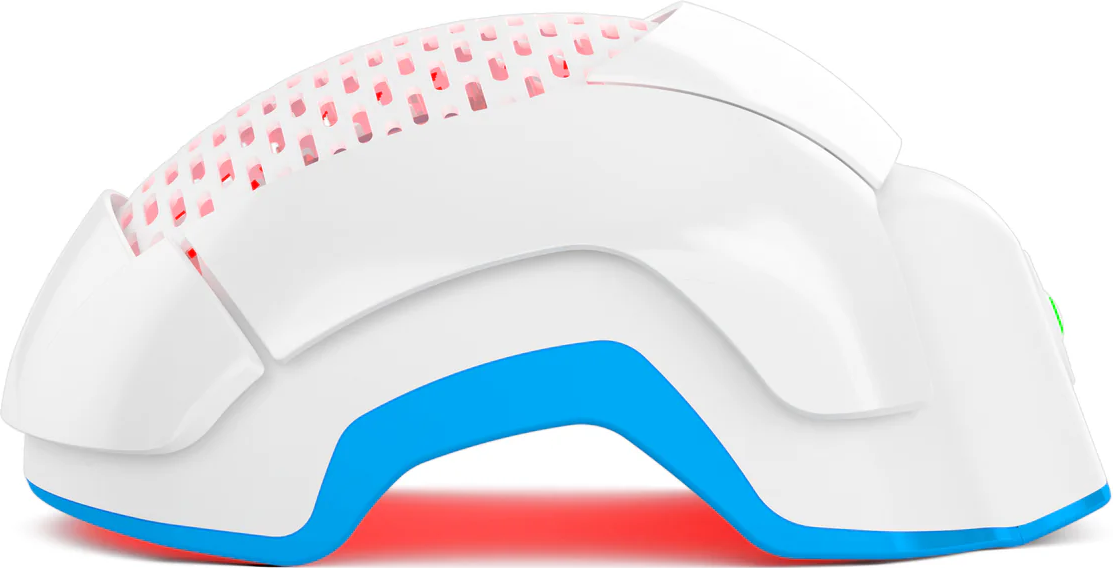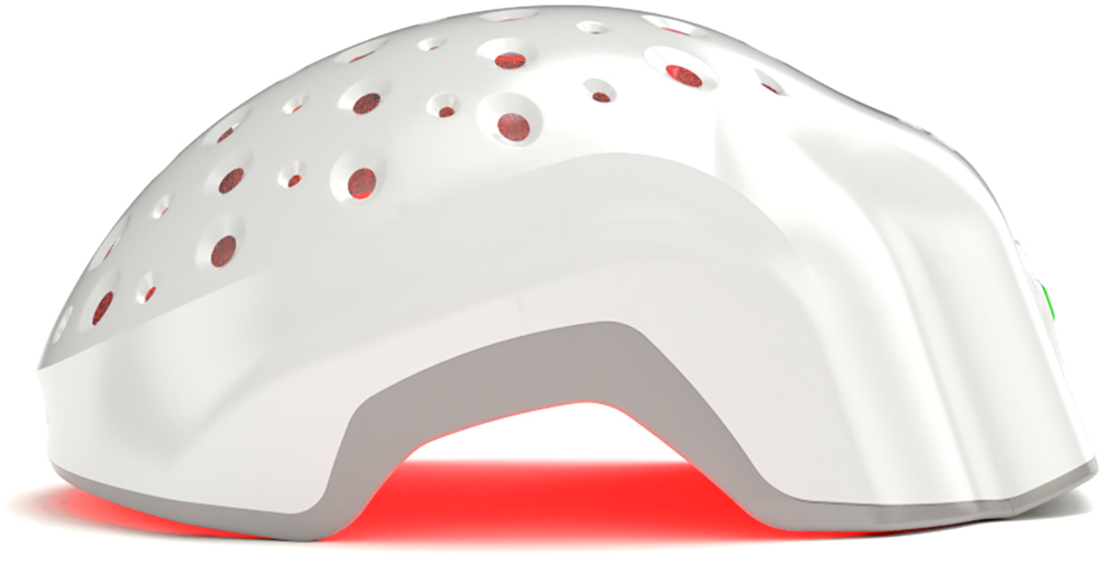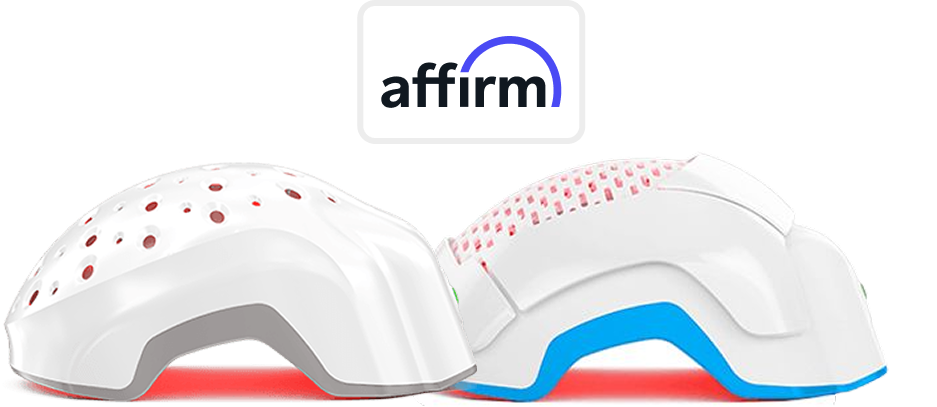Wigs have gone from backstage secret to everyday staple. Whether it’s for volume, confidence, style, or coverage, more people than ever are reaching for them. But as wig popularity grows, so does one persistent fear: does wearing a wig cause hair loss?
Look: the wig itself isn’t the villain. But certain habits deserve side-eye. Too tight of a fit, poor scalp hygiene, wig glue that could hold a building together—these are the real culprits that can put your follicles under fire. That’s where wig-related hair loss creeps in, and yes, it’s usually preventable.
The truth is, your hair doesn’t care what’s on top. It cares how you treat what’s underneath. And if you're rough, careless, or clueless (no shame—we’ve all been there), your strands will stage a quiet exit.
This blog breaks it all down. From materials and maintenance to myths and medical facts, here’s what really causes wig-related hair loss—and exactly how to avoid it.
Can Wearing a Wig Cause Hair Loss? Is It a Myth or Reality?
Wearing a wig does not directly cause hair loss. That said, improper usage can damage your scalp and weaken your strands over time. Tension, heat, lack of hygiene, and poor wig practices are the usual suspects—not the wig itself.
Friction and Tension on Hair
Tightly secured wigs, excessive adhesive, or aggressive clips can cause traction alopecia from wigs, especially along the hairline. Constant tension weakens the follicles and encourages breakage, particularly when there's no recovery time between wears.
Improper Wig Care and Hygiene
Wearing dirty wigs or skipping regular scalp cleansing creates a breeding ground for bacteria and buildup. This clogs follicles, reduces oxygen delivery, and leads to inflammation—conditions that can trigger excessive shedding or halt new growth entirely.
Insufficient Airflow
Wigs made with heavy or synthetic materials often limit airflow, trapping heat and moisture. This combination can irritate the scalp, increase sweat accumulation, and compromise follicle health—conditions that often promote the overgrowth of Malassezia furfur, a yeast linked to dandruff and seborrheic dermatitis. Left unchecked, this can trigger inflammation and weaken hair follicles over time, leading to increased shedding and scalp sensitivity.
Types of Wigs and Their Impact on Hair Health
The type of wig you wear can make or break your scalp health. Some offer breathability and flexibility. Others? Not so much.
1. Synthetic vs. Human Hair Wigs
Human hair wigs are more breathable and lightweight, making them friendlier to the scalp. Synthetic wigs can trap heat and moisture, raising the risk of irritation and wig hair loss prevention challenges.
2. Lace Front Wigs vs. Full Cap Wigs
Lace fronts offer natural aesthetics but often rely on adhesives, making lace front wig hair loss a risk when glue is overused or improperly removed. Full cap wigs provide total coverage but exert uniform tension across the scalp, which can strain follicles, especially during long wear. This tension may cause alopecia hair loss if you’re not careful.
Wig Cap Materials
Soft, breathable wig caps help reduce friction, scalp irritation, and wig cap hair loss. Cotton or mesh materials are ideal. Avoid caps that feel scratchy or overly snug.
How to Prevent Hair Loss While Wearing Wigs?
Wearing a wig doesn’t have to equal losing your natural hair. But certain habits do need a rethink.
1. Choose the Right Wig Cap and Fit
Always opt for lightweight, breathable caps that match your head size. Ill-fitting wigs that shift or squeeze can cause ongoing stress to your follicles.
2. Maintain Scalp Hygiene and Moisture
Clean your scalp regularly and moisturize with lightweight oils or serums. Let your scalp breathe between wears to prevent inflammation and buildup—and don’t skip cleaning your wig or hairpiece regularly. A dirty wig can trap oils, bacteria, and residue, which then transfers back to your scalp, undoing all your good hair care work.
3. Switch Styles and Give Breaks
Wearing the same wig every day? Your scalp’s not a fan. Alternate styles and allow for off-wig days to reduce strain and support protective hairstyles under wigs.
4. Secure Wigs Gently
If you're using wig glue, use it sparingly—and never yank off a lace front. Swap in adjustable straps or wig grips when possible to avoid unnecessary tugging or scalp trauma.
Are There Any Alternate Options for Sensitive Scalps?
Wigs aren’t the only way to boost confidence or manage hair loss. If your scalp’s feeling fussy, these gentler alternatives might be the upgrade it needs:
Hair Toppers and Partial Wigs
These target specific thinning areas without full coverage. They’re lightweight and allow for better airflow, making them ideal for sensitive or recovering scalps.
Headscarves and Turbans
Comfortable, breathable, and infinitely stylish. Great for everyday wear without tension, clips, or adhesives.
Hair Extensions
Clip-ins and halos add volume without full coverage. Avoid high-tension types like sew-ins or bonded glue methods if you’re already dealing with shedding.
Scalp Micropigmentation (SMP)
This non-surgical tattooing technique creates the illusion of hair density. It’s zero-maintenance and stress-free for your follicles.
How to Restore Hair Loss Due to Wigs?
Hair loss from wigs is typically reversible—if caught early and treated with consistency. Recovery is absolutely possible with the right game plan.
1. Follow Proper Hair Care Routine
Wash with sulfate-free shampoos, use nourishing masks, and avoid excessive heat styling. Your strands need restoration, not more stress.
2. Massage Scalp Regularly
Scalp massages improve circulation and stimulate follicles. Add rosemary, peppermint, or castor oil for extra anti-inflammatory and hair-boosting benefits.
3. Ensure Adequate Nutritional Intake
Hair thrives on nutrients. Make sure you’re eating a healthy, well-balanced varied diet with enough iron, zinc, omega-3s, and vitamin D. Consider supplements if your healthcare provider agrees.
4. Consider Topical Treatments
Topicals like minoxidil can be helpful, especially when hair loss becomes prolonged. But consult a specialist before starting any wig hair loss treatment—especially if you're already under medication.
5. Explore Laser Therapy
Laser Phototherapy (LPT), or Low-Level Light Therapy (LLLT), is a clinically backed, FDA-cleared treatment that uses low-level laser light to stimulate blood flow and revive sluggish follicles—without pain, drugs, or downtime. When used consistently and as directed, devices like Theradome can noticeably reduce excessive shedding within 30 days and kickstart visible regrowth by 6 months. It's scalp-safe, drug-free, and a smart post-wig recovery option for anyone looking to repair damage without adding more stress to already vulnerable strands.
Conclusion
Does wearing a wig cause hair loss?
Not by default. But tension, friction, glue, poor hygiene, and long-term misuse? That’s a yes. Fortunately, most wig-related shedding is preventable—and reversible.
Smart wig habits make all the difference. Choose breathable materials, keep your scalp clean, avoid adhesive overload, and rotate your styles. The goal isn’t to ditch wigs—it’s to wear them without sacrificing your strands.
If you’re already seeing shedding, don’t panic. Restore, rethink, and regrow. Your scalp’s not fragile—it’s just asking for a little respect.






















